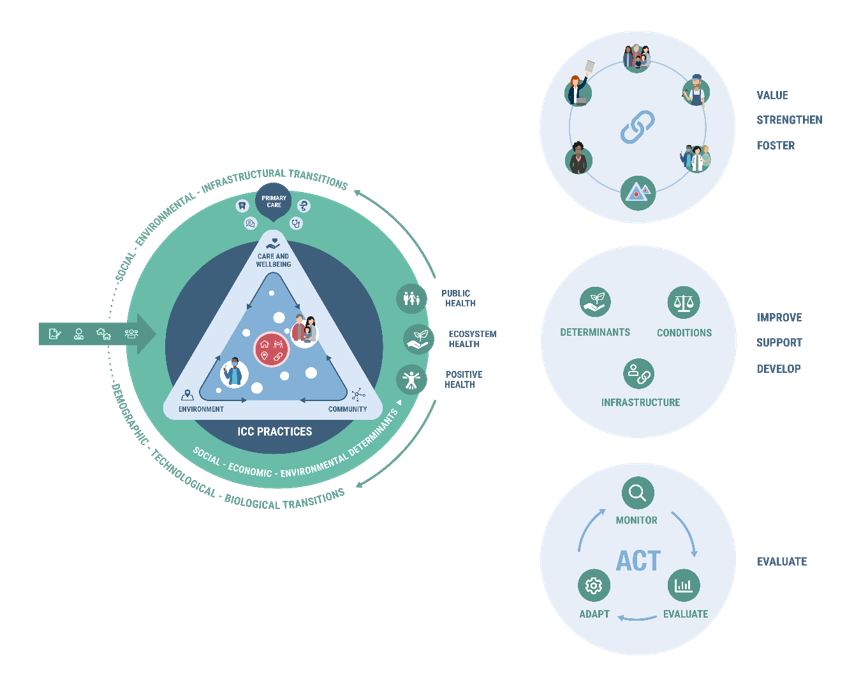One of the main goals of the HM Programme has always been to break people isolation and enable them to “go outside” and participate in the community’s life. On the contrary, Covid-19 has made it necessary to make people stay at home, in order to protect their health and the community’s: within this context, and with the regulations imposing social distancing, most of the programme initiatives and actions were almost impossible to implement.
Nevertheless, the professional teams of each micro area maintained their presence in the community, following physical distancing regulations, by: providing active assistance via telephone and video calls; delivering shopping and pharmacy products. Additionally, active monitoring for highest risk individuals was maintained, proving the effectiveness of knowing well the vulnerabilities of the neighbourhoods.
The multi-functional centers were closed to the public during the peak months. In the more recent months activities have been reprogrammed to contrast isolation (in accordance with safety and hygiene protocols), by forming smaller groups and meeting outdoors.
Relationships are the absolute strength of Habitat MicroAree: thanks to inter-relations amongst people in the community, there is knowledge about residents’ needs and health status (who was most in need, who to call, etc.) and cooperation amongst the residents is fostered. During the emergency, the cohesive networks within each micro area proved valid and resilient: thank to already existing knowledge of vulnerable or hidden vulnerable individuals (those who are unable to reach out for subsidies and services, etc.), it was possible to offer appropriate and timely assistance.
Mutual self-help was reinforced during the lockdown period. Professionals in the community support residents who have learned to help themselves and others, creating a social support network to trust in. A different way of living is created, a sharing of resources, as a reminder that individuals cannot cope on their own.
Professionals’ presence in the community acts as a guarantee of possibilities: it is important to continue to favour the formation and consolidation of groups that work together creating more alliances.
The learning emerging from the experience underlined the need for: higher professional presence in local communities; more social awareness and integration.
A neighbourhood plan for pandemics could aid in decreasing the risk of communities being abandoned and authorities neglecting responsibilities toward vulnerable communities. Residents in the communities could co-participate in creating and developing preparedness strategies.


